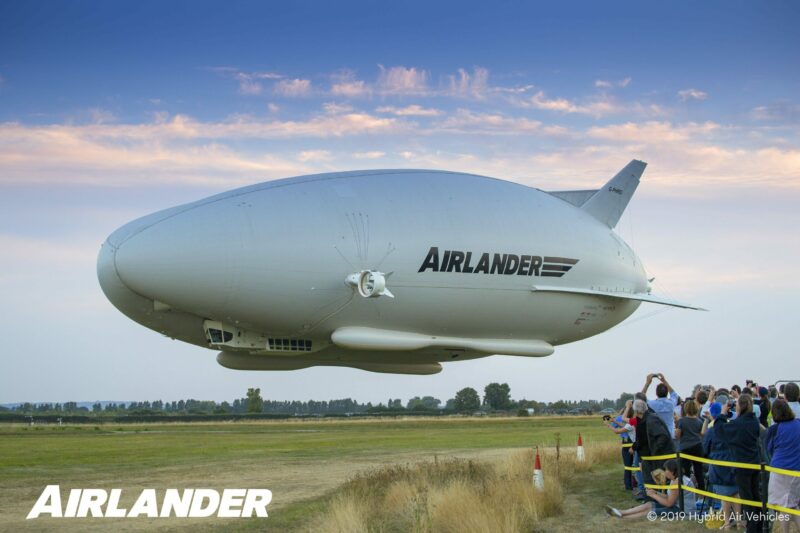In September 1852, 51 years before the Wright Brothers famous Kitty Hawk flight, blimps were airborne. These lighter-than-aircraft airships work on the simple principle of a lifting gas that is less dense than the surrounding air. They were used for military and commercial purposes until the bad press of the 1937 New Jersey crash of the Hindenburg which killed 35 — captured all on newsreel — put blimps out of the commercial travel business. But they are on their way back, not just due to new technologies, but because of an era that is more open to alternatives to the current standard of jet travel, especially after an unprecedented 18 months of lower levels of travel.
Pros and Cons of the Technology
The Hindenburg crash was in part due to the lifting gas used, which was the cheaper but more flammable hydrogen rather than the more-often-used helium. However, almost all fuels are flammable (that’s the point, that’s part of how they produce power) and significant safeguards are in place against something like the Hindenburg crash happening again. All that said, let’s start with the challenges for the technology first.
Cons
- There is a helium shortage worldwide, and this leads to a greater cost for the preferred fuel
- Drones provide an easier and cheaper alternative for some applications
- There is a shortage of qualified pilots: the FAA notes that there’s fewer than 150 people qualified in the US to be airship pilots, of those, fewer than 25 are flying full time
- this is due to the fact that it only takes 15 hours of training to fly a single engine plane solo, but the hours needed to pilot an airship solo are between 250 and 400
As you can see these cons are not insignificant, but they aren’t insurmountable.
Pros
- They represent a quieter (zero noise!) way to travel, which isn’t just useful for passenger travel, but for surrounding communities over which the blimps would fly
- the passenger travel version could offer much more space, including sleeping/working quarters and large common areas
- They offer 75% fewer emissions than traditional jet travel
- They require no infrastructure: all you need is a semi-flat surface
- For passenger travel, this means no traveling to an airport and all the painful security checks and waiting; you might be able to take off from the roof of a tall building
- The cargo applications don’t even require landing; they can pick up and drop off without doing so
These pros offer advantages not currently available with technologies in wide use. For example, no matter what level of first class you are flying in, none will ever offer a zero-noise possibility. Or how about the idea of taking off for some short travel from the top of a building instead of an airport, a possibility only currently available to those with helicopter access (and the proper building/zoning).
Who’s Leading the Way
There are several companies leading the way in this retro-future tech. Hybrid Air Vehicles, also known as HAV, already has a prototype, which you can see in one of their promotional videos. They are targeting shorter regional air routes in commercial application, and may even license the technology for the airlines themselves to operate.
There’s also Aerosmena, building a lenticular-shaped 600-ton payload airship due to be released in 2024. The vehicle will be able to carry payloads up to 600 tons over 3700 miles. The diameter, at 807 feet, leads to a footprint larger than the Superdome, if that gives you any sense of the scale.
There’s also Flying Whales and Atlas LTA. The former company was originally built around transporting wood to and from remote areas but like Atlas, has found that there are many other applications and customers more than willing to pay for alternatives that don’t require infrastructure like roads, rails, or airports.
Whatever becomes viable in the months and years ahead, it’s become clear to everyone that relying on one form of technology for air travel isn’t a sustainable way forward, whether for commercial or industrial needs. The back-from-the-past blimp might be one of those ways we will use in the years to come.



